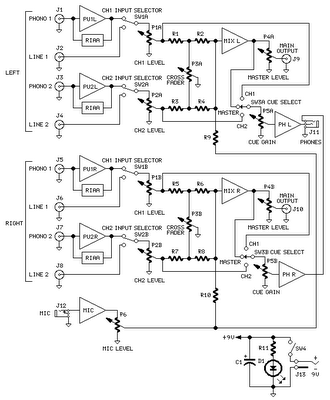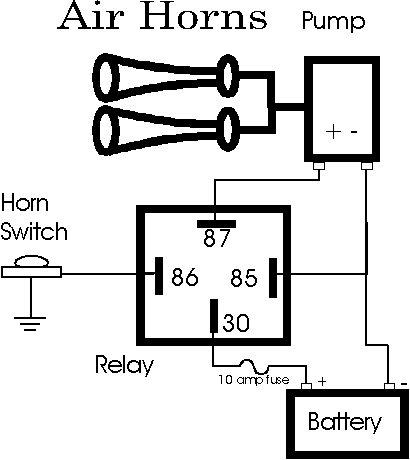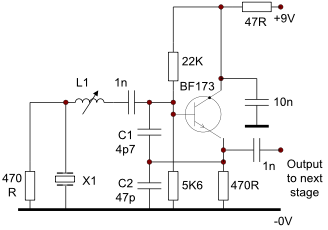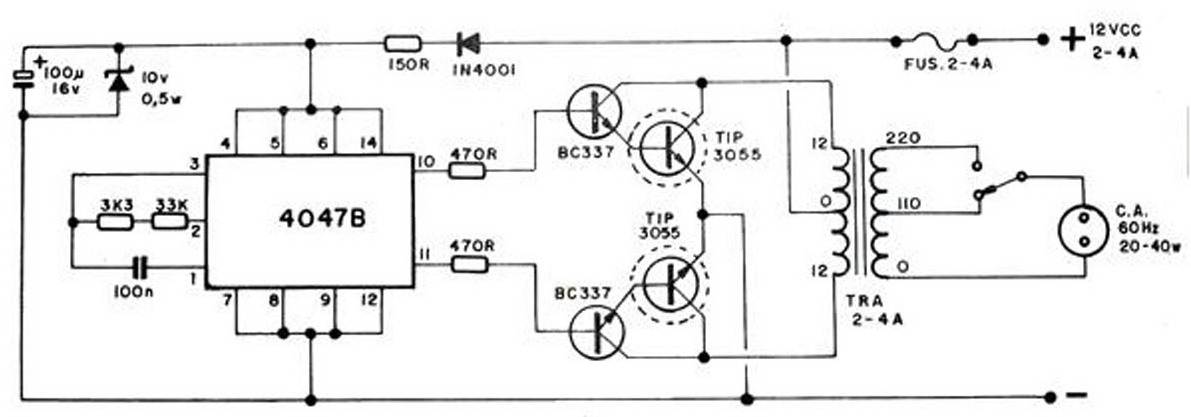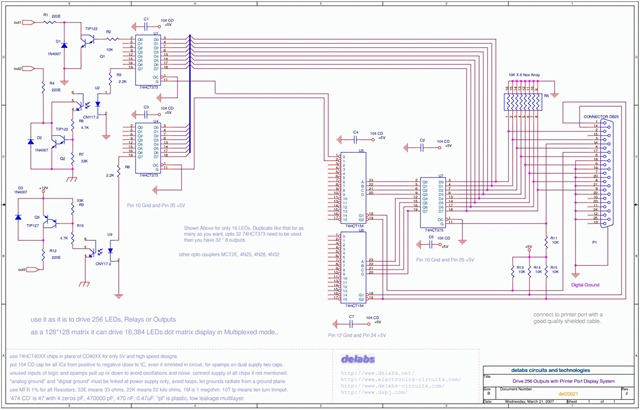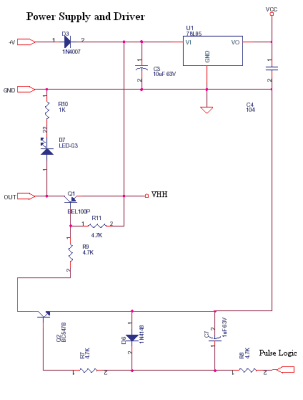
Interface Circuits

Building circuits to interface an Amiga A1200 to a PC AT/ATX power supply and tower case.
To create a reliable interface between an Amiga A1200 and a PC AT/ATX power supply and tower case, it is essential to design a circuit that effectively manages power requirements and signal compatibility. The Amiga A1200 typically operates on a 5V power supply, while AT/ATX power supplies provide multiple voltage outputs, including 3.3V, 5V, and 12V.
The circuit design should incorporate a power distribution board that connects the power supply outputs to the Amiga's power input. This board should include voltage regulators to ensure stable voltage levels are supplied to the Amiga. Additionally, decoupling capacitors must be placed near the power input of the Amiga to filter out noise and provide stable operation.
In terms of physical integration, the Amiga A1200 can be housed within a standard PC tower case. Proper mounting hardware should be used to secure the A1200 motherboard within the case, and appropriate cutouts must be made for ports and connectors. The power supply should be mounted securely, ensuring that all wiring is neatly organized to prevent interference and to facilitate airflow.
The circuit may also include a power switch that can control the power supply, allowing for easy operation of the Amiga A1200 from the front of the PC case. Additionally, LED indicators can be integrated to provide visual feedback on power status.
Overall, the project requires careful consideration of electrical specifications, physical layout, and user interface to ensure compatibility and functionality between the Amiga A1200 and the PC AT/ATX power supply and tower case.Building circuits to interface an Amiga A1200 to a PC AT/ATX power supply and tower case.. 🔗 External reference
To create a reliable interface between an Amiga A1200 and a PC AT/ATX power supply and tower case, it is essential to design a circuit that effectively manages power requirements and signal compatibility. The Amiga A1200 typically operates on a 5V power supply, while AT/ATX power supplies provide multiple voltage outputs, including 3.3V, 5V, and 12V.
The circuit design should incorporate a power distribution board that connects the power supply outputs to the Amiga's power input. This board should include voltage regulators to ensure stable voltage levels are supplied to the Amiga. Additionally, decoupling capacitors must be placed near the power input of the Amiga to filter out noise and provide stable operation.
In terms of physical integration, the Amiga A1200 can be housed within a standard PC tower case. Proper mounting hardware should be used to secure the A1200 motherboard within the case, and appropriate cutouts must be made for ports and connectors. The power supply should be mounted securely, ensuring that all wiring is neatly organized to prevent interference and to facilitate airflow.
The circuit may also include a power switch that can control the power supply, allowing for easy operation of the Amiga A1200 from the front of the PC case. Additionally, LED indicators can be integrated to provide visual feedback on power status.
Overall, the project requires careful consideration of electrical specifications, physical layout, and user interface to ensure compatibility and functionality between the Amiga A1200 and the PC AT/ATX power supply and tower case.Building circuits to interface an Amiga A1200 to a PC AT/ATX power supply and tower case.. 🔗 External reference
